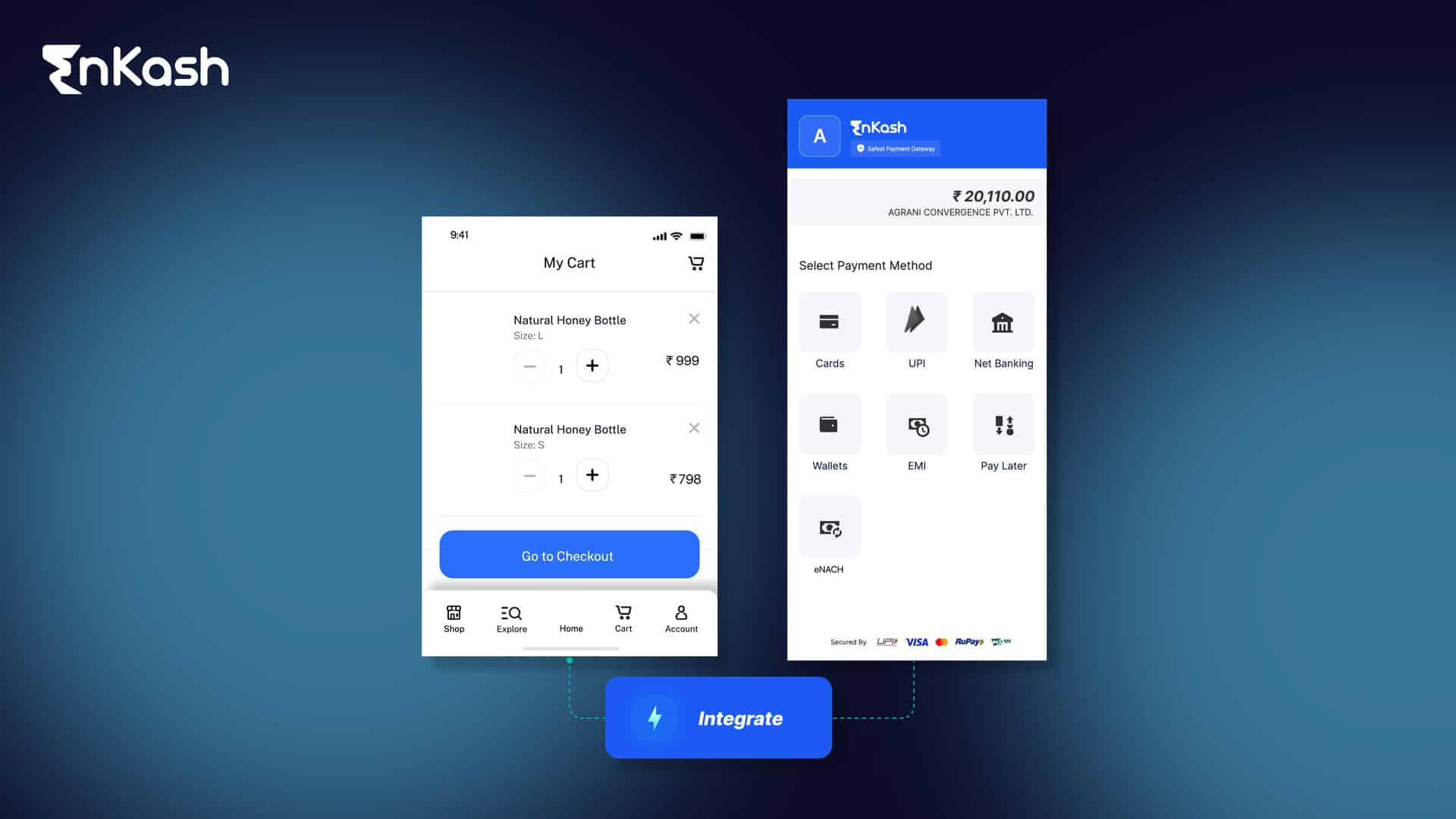An appointment letter is a formal document an employer issues to the candidate in order to confirm their employment for a certain duration. In contrast to an offer letter that mentions the initial offer from the employer to a candidate, the appointment letter acts as a document where both parties officially agree to the definite terms and conditions of employment.
It sets out the exact obligations, remuneration, hours and other key attributes of the job. It helps both parties know exactly what to expect from their professional relationship before the employment commences. The blog will explore the appointment letter format, its importance and the difference between an offer letter and an appointment letter. We will also look at templates and examples that will help businesses craft effective appointment letters.
What is an Appointment Letter?
An appointment letter is a formal correspondence from an employer to an applicant who has been chosen for a given job opening. The letter is issued shortly after the applicant accepts the offer letter. It confirms the appointment of the candidate to the position. It also indicates the date from which the appointment begins, sets out the principal duties and mentions relevant terms under which the employment will be entered into.
The appointment letter is a written document which confirms the actual offer of the job. It will contain fundamental information about remuneration, job position, working time, and expectations of the employer. The appointment letter may need to be signed by the employee and the employer to be enforced as a real contract of work.
Purpose and Importance of an Appointment Letter
An appointment letter is more than a mere job confirming formality. It serves as a legal confirmation of the appointment of an employee by the employer. Let’s look at some of the benefits offered by the appointment letter format.
- Clarity on Job Terms: It indicates clearly the job position, rate of pay, working location, date of commencement of work, respective duties and responsibilities. It ensures both the employee and employer are on the same page when it comes to job terms.
- Legal Protection: The letter, once authorized, stands as a legally binding document. As official written evidence of the employment agreement, it can be submitted before the court to solve disputes regarding the terms of employment.
- Setting Expectations: Employers can clearly lay out their expectations from employees. This could include company policies, working hours, terms of probation and more.
- Professionalism: The issuance of the appointment letter indicates the commitment of the company in moving towards a professional and transparent recruitment process. It ensures the applicant’s entry into the job market is structured and formal.
Read more: Employee rewards
Appointment Letter Format
An appointment letter format follows the rules of professional business writing. Here’s what an appointment generally consists of:
- Name and Address of the Employer: The first line of the letter needs to have the name and address of the employer or the company issuing the appointment letter.
- Date of Issuance: Mention the date when the appointment letter is being issued.
- Name and Address of the Recipient: Next, should be the selected applicant’s details.
- Subject Line: The appointment letter may include a subject line that typically mentions the job title and company name. For instance, ‘Appointment Letter for the Position of [Job Title]’.
- Salutation: Address the candidate formally.
- Body of the Letter:
- Introduction: Add a congratulatory message for the applicant for their selection.
- Job Position: Mention the job role, location and reporting hierarchy.
- Compensation: Mention the salary details, variable pay, and other benefits.
- Start Date: Mention the date of joining.
- Probation Period: If the appointment will be confirmed after a successful probation period, mention the terms and conditions for confirmation.
- Duties and Responsibilities: Provide an overview of the key responsibilities of the job role.
- Working Hours: Specify the expected working hours, shifts and overtime details.
- Terms and Conditions: Mention policies related to leaves, confidentiality, intellectual property, non-compete clauses, etc.
- Signature and Acceptance: The appointment letter ends with the employer’s signature, followed by a space for the employee’s signature.
Read more: Payroll processing
Key Elements of an Appointment Letter
An appointment letter is a formal contract that provides information on when and where the employee has to join, the basic salary and other associated benefits. Let’s look at some of the key elements of the appointment letter format that ensure its comprehensiveness and effectiveness.
- Designation and Role: Clearly state the job role for which the employee is being hired. It helps the employee know their responsibilities within the company.
- Job Location: State the main place of work or office from which the employee is expected to work. If the employee will be required to work from multiple locations or travel from their base location, this also needs to be mentioned.
- Start Date of Joining: Indicate the employee’s start date. The joining date is essential for the employee and employer so they can plan for the onboarding process.
- Salary and Perks: Offer a breakdown of the employee’s salary with specifics such as monthly or annually. It should also include information about other perks that come with the job, such as health insurance, bonuses, travel allowances, or retirement packages.
- Working Hours: State the hours normally worked, along with details of shift, if any. Indicate whether the job involves working overtime or weekends.
- Terms and Conditions: Explain confidentiality agreements, non-compete clauses or any clauses about who owns the intellectual property. If the job role is contractual or requires probation, the same must be mentioned in the appointment letter. Also, mention the conditions that will lead to a permanent position, if any.
- Leave Policy: Provide an overview of the company’s leave policy, including annual leave, sick leave and other leave types such as parental, casual, compassionate or bereavement leaves. It will help the employee understand what they may be entitled to right from the outset.
- Termination Clauses: Specify under what circumstances the employment can be terminated. It should include details about the notice period, severance pay, and reasons for immediate termination for both the employer and employee.
- Signatures: The employer and the employee must sign the appointment letter at the end. The signature indicates that both parties have read through the terms and are in agreement. They are legally committed to the conditions laid out in the letter.
These key elements of the appointment letter format ensure that the document is comprehensive and legally binding. It establishes a strong professional foundation for a working relationship from the very beginning.
Read more: Travel and expense cards
Appointment Letter Template
Let’s understand the concept better using a sample appointment letter template. You can customize the template fields to suit your business requirements.
[Business Logo]
[Business Name]
[Business Address]
[Date of Issue]
Dear [Full Name of Employee],
We are pleased to extend the offer for the role of [Job Title] at [Business Name]. Your qualifications and achievements showcase the qualities we are looking for, and we are eager to see how you contribute to the growth and success of our company.
Appointment Details:
– Job Title: [Job Title]
– Department: [Department]
– Reporting to: [Supervisor/Manager Name]
– Start Date: [Start Date]
– Compensation: [Salary or Compensation Details]
Benefits and Perks:
– [List of Benefits and Perks]
Confidentiality:
You will have access to confidential company information as a part of your job role. The company requires you to keep the information strictly confidential in relation to all company matters.
Kindly report to [Location/Branch Name] on [Start Date] at [Reporting Time]. Your appointment is subject to the company’s terms and conditions, which will be issued to you for your reference.
Please sign the duplicate copy of this letter and return it to us, indicating your acceptance. We are excited to have you as a member of our company. Wishing you all the best for your career.
Sincerely,
[HR Manager’s Name]
[HR Manager’s Title]
[Contact Details]
Acknowledgement of Acceptance:
I, [Full Name of Employee], accept the terms and conditions outlined in this appointment letter.
Signature: _____________________
Date: ___________________________
Differences Between an Offer Letter and an Appointment Letter
It is a common misconception that appointment and offer letters are more or less the same documents. But, that is not the case; the purpose of these two letters in the recruitment process significantly varies. Let’s break down the key difference between an offer letter and an appointment letter.
Features |
Offer Letter |
Appointment Letter |
Purpose |
Extends an initial job offer |
Confirms employment and outlines detailed terms |
Content |
Basic terms such as salary, role, and start date |
Comprehensive, including job description, policies, etc. |
Timing |
Given after interview process |
Given after the offer letter is accepted |
Legal Standing |
Not always legally binding |
Legally binding once signed |
Formality Level |
Generally informal |
Formal and detailed |
To sum it up, an offer letter is the initial document the employer uses to offer the job to the applicant whereas the appointment letter finalizes the relationship between employer and employee by clearly stipulating the terms of the employment.
Understanding the key difference between an offer letter and an appointment letter is essential for employers and employees to know the purpose and legality of the offer made.
Legal Significance of an Appointment Letter
An appointment letter goes beyond the formalities of the recruitment process; it is of vital legal importance to both an employer and an employee. The two of them are involved in a legally binding contract for as long as the terms of the appointment letter remain unchanged. The terms of employment outlined in the letter of appointment, such as the salary, job description and conditions of employment, can be viewed as legal evidence that can be used to settle disputes.
For example, if there is a difference between what was discussed during the interview and the actual employment terms, the appointment letter will be used to resolve the disagreement. Similarly, if either side breaches the agreement – such as an employer failing to meet the promised salary levels or an employee breaching the confidentiality of a contract – the appointment letter may be used in the event of legal cases to hold the faulty party accountable for their actions.
From an employer’s perspective, the appointment letter offers legal protection and prevents ambiguities, which could lead to costly legal action in the future. From an employee’s perspective, it is equally important to read the letter carefully, as it describes in detail the rights, obligations, qualifications and job conditions to help employees clearly understand their role and what is expected of them before making a commitment.
Apart from the confirmation of employment, the appointment letter represents a source of legality and security for both sides and creates an atmosphere of transparent and mutually beneficial staff-and-employer relations.
Read more: Payroll process
Conclusion
An appointment letter is an indispensable part of the recruitment process. It is a formal legal document spelling out the relationship that exists between an employer and an employee. It includes details that would enable a new employee to understand the kind of job they have been employed to do. For a smooth onboarding process and transition into the professional environment, it is essential to understand the appointment letter format, and the difference between an offer letter and an appointment letter.
Whether you are an employer drafting an appointment letter or a prospective employee receiving one, carefully read through the appointment letter to ensure the job conditions are according to your expectations and they comply with relevant legal requirements.
FAQs
Can I negotiate terms after receiving an appointment letter?
Yes, it is possible to negotiate certain terms after receiving the appointment letter, such as salary, benefits, or job responsibilities, but it should be done promptly and professionally before signing and accepting the offer.
What happens if I don’t receive an appointment letter before my joining date?
If you don’t receive an appointment letter before your joining date, you should immediately reach out to the HR department. Starting work without a formal appointment letter can lead to confusion about job expectations, salary, and terms of employment.
Is the appointment letter necessary for contract or freelance positions?
While it’s less common, some companies do issue appointment letters for freelance or contract workers to formalize the working terms. Typically, a contract would serve this purpose, but an appointment letter might still be issued for clarity and formality.
Can an appointment letter be revised?
Yes, it can be revised if both the employer and the employee agree to the changes. Revisions must be documented and signed to ensure legality.
Is the probation period mentioned in the appointment letter mandatory for all job roles?
No, a probation period is not mandatory for all roles. However, it is a common practice in many organizations, and if mentioned in the appointment letter, it forms part of the agreed terms.
How do I request an appointment letter from HR?
You can politely send an email or directly contact the HR department, expressing your eagerness to receive the appointment letter and providing any necessary details.
Can I start working without signing the appointment letter?
It’s not advisable to start working without signing the appointment letter because it serves as the formal agreement of employment. Without it, there may be legal complications, and your employment terms may not be officially documented.
Can an appointment letter be cancelled?
Yes, an appointment letter can be cancelled under certain conditions, such as if the candidate fails to join or if unforeseen circumstances arise on the employer’s side.
What happens if I don’t sign the appointment letter?
If the employee doesn’t sign the appointment letter, it won’t be legally binding, and the employment may not officially commence.
What should I do if there’s a discrepancy in my appointment letter?
If you notice any discrepancies or errors in your appointment letter, such as incorrect salary, job title, or start date, you should immediately contact HR for clarification and request an updated letter before signing.













